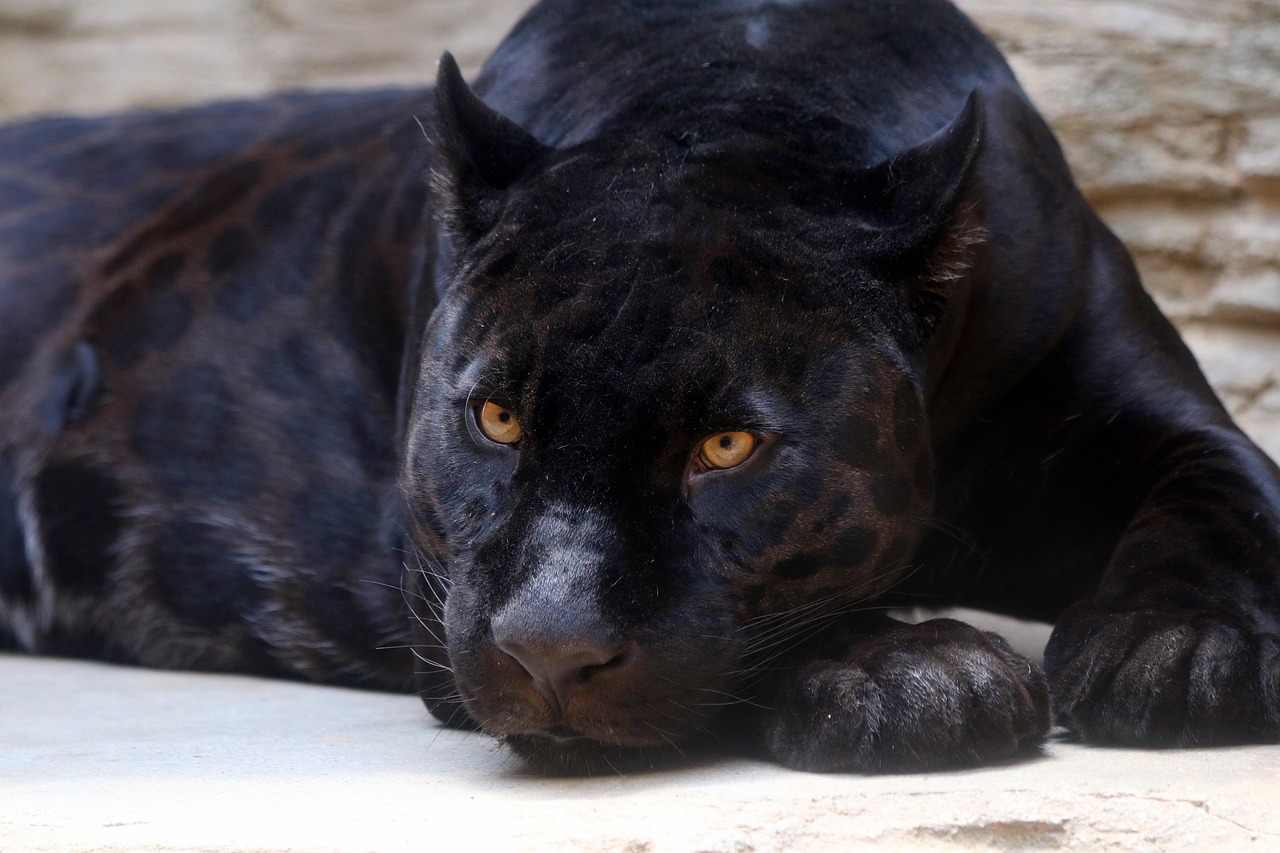Tulum’s Treasure: Community-Led Conservation for Jaguar Habitats
Tulum, a scenic coastal town situated on Mexico’s Yucatán Peninsula, has become a focal point for wildlife conservation efforts, particularly for the majestic jaguar (Panthera onca). The jaguar, known for its stunning rosettes and formidable presence, is not just a symbol of strength but also a key player in the ecosystem where it thrives. Tulum’s unique ecosystem, comprising tropical forests, wetlands, and coastal areas, provides an ideal habitat for these powerful cats. However, the preservation of their habitats requires innovative approaches, and community-led conservation initiatives have emerged as a vital strategy.
The Importance of Jaguars in the Ecosystem
Jaguars are apex predators, meaning they occupy the top of the food chain. Their hunting habits help maintain the balance of various species within their ecosystems. By preying on herbivores such as deer and peccaries, jaguars prevent overgrazing, which allows vegetation to thrive.
Additionally, they play a crucial role as indicators of environmental health. The presence of jaguars in a region is often a sign of a well-functioning ecosystem. Thus, protecting their habitats directly contributes to the conservation of numerous other species, including a variety of plants and smaller animals.
The Threat to Jaguar Habitats
Despite their importance, jaguar populations face significant threats, primarily due to human activity. Deforestation for agriculture, urban development, and illegal poaching are pressing dangers. Habitat fragmentation caused by roads and infrastructure disrupts migratory paths and reduces genetic diversity, further putting the species at risk.
Climate change also exacerbates these threats, altering habitats and creating challenges for jaguars to find food and mates. As a result, conservationists are focusing on sustainable solutions that engage local communities to protect jaguar habitats effectively.
Community-Led Conservation Initiatives
1. Education and Awareness Programs
Community involvement is essential for sustaining wildlife conservation efforts. Educational initiatives play a crucial role in raising awareness about the significance of jaguars and their ecosystems. Local NGOs conduct workshops and informational sessions in schools and community centers to foster a sense of ownership among residents.
Through storytelling, interactive activities, and field trips, locals learn about the ecological importance of wildlife and the threats they face. This knowledge empowers communities to work collectively toward preserving their natural heritage.
2. Sustainable Land Management
Collaborative strategies in land management enable communities to balance agriculture with environmental conservation. Programs promoting agroforestry—a practice that blends agriculture with the conservation of forested areas—allow farmers to grow crops while maintaining jaguar habitats.
By employing techniques such as crop rotation and organic farming, communities increase biodiversity on their lands, creating a more sustainable environment conducive to jaguars and their prey.
3. Ecotourism as a Conservation Tool
Ecotourism serves as a powerful incentive for local communities to engage in conservation efforts. Tulum is known for its beautiful beaches and Mayan ruins, attracting millions of visitors annually. By developing eco-friendly tourism ventures, residents can generate income while conserving biodiversity.
Tour operators can create guided tours emphasizing the importance of jaguars, educating travelers on the local ecosystem’s fragility. This not only raises funds for conservation initiatives but also promotes environmental stewardship among tourists, encouraging them to appreciate and protect Tulum’s natural wonders.
4. Community Monitoring and Research
Collaboration between scientists and residents is crucial for effective conservation strategies. Engaging locals in research efforts enables them to become citizen scientists. For instance, communities can participate in data collection techniques, such as camera trapping, to monitor jaguar populations and their movements.
Training community members in these practices equips them with valuable skills and fosters a sense of pride and responsibility towards their wildlife. This data can influence conservation strategies, ensuring they are scientifically sound and locally supported.
5. Advocacy for Policy Change
Community-led initiatives often extend beyond grassroots efforts; they advocate for policy changes that protect jaguar habitats. Local groups can work together to campaign for stronger environmental regulations and policies aimed at preserving biodiversity.
By forming alliances with environmental organizations and policymakers, communities can amplify their voices, ensuring conservation becomes a priority at local and national levels.
Case Studies in Tulum
1. The Jaguar Sanctuary Project
One notable initiative is the Jaguar Sanctuary Project, which aims to create a safe haven for jaguars while involving the community in its development and management. The project includes habitat restoration efforts and aims to reduce human-wildlife conflict through education and alternative livelihood opportunities.
By directly engaging locals in habitat monitoring and wildlife management, the sanctuary has become a model for community-led conservation in Tulum.
2. The Mayan Jungle Conservation Program
Another successful initiative is the Mayan Jungle Conservation Program, which focuses on sustainable agriculture and biodiversity preservation. This program encourages farmers to adopt practices that protect soil health and promote wildlife presence.
Through workshops and support, farmers learn to cultivate in harmony with the ecosystem, ensuring both agricultural productivity and habitat protection for jaguars and other wildlife.
Conclusion: A Path Forward
The conservation of jaguar habitats in Tulum exemplifies the power of community-driven initiatives. By promoting awareness, sustainable practices, ecotourism, citizen science, and policy advocacy, local communities play an essential role in protecting these majestic creatures and their ecosystems.
As Tulum continues to garner attention from conservationists and tourists alike, its treasure lies not just in its breathtaking landscapes but in the collaborative spirit of its people dedicated to preserving the majestic jaguar and maintaining the biodiversity of their unique environment. By fostering a connection between communities and their natural surroundings, Tulum sets a precedent for conservation efforts around the world, emphasizing that the future of wildlife lies in the hands of the very communities that coexist with them.







